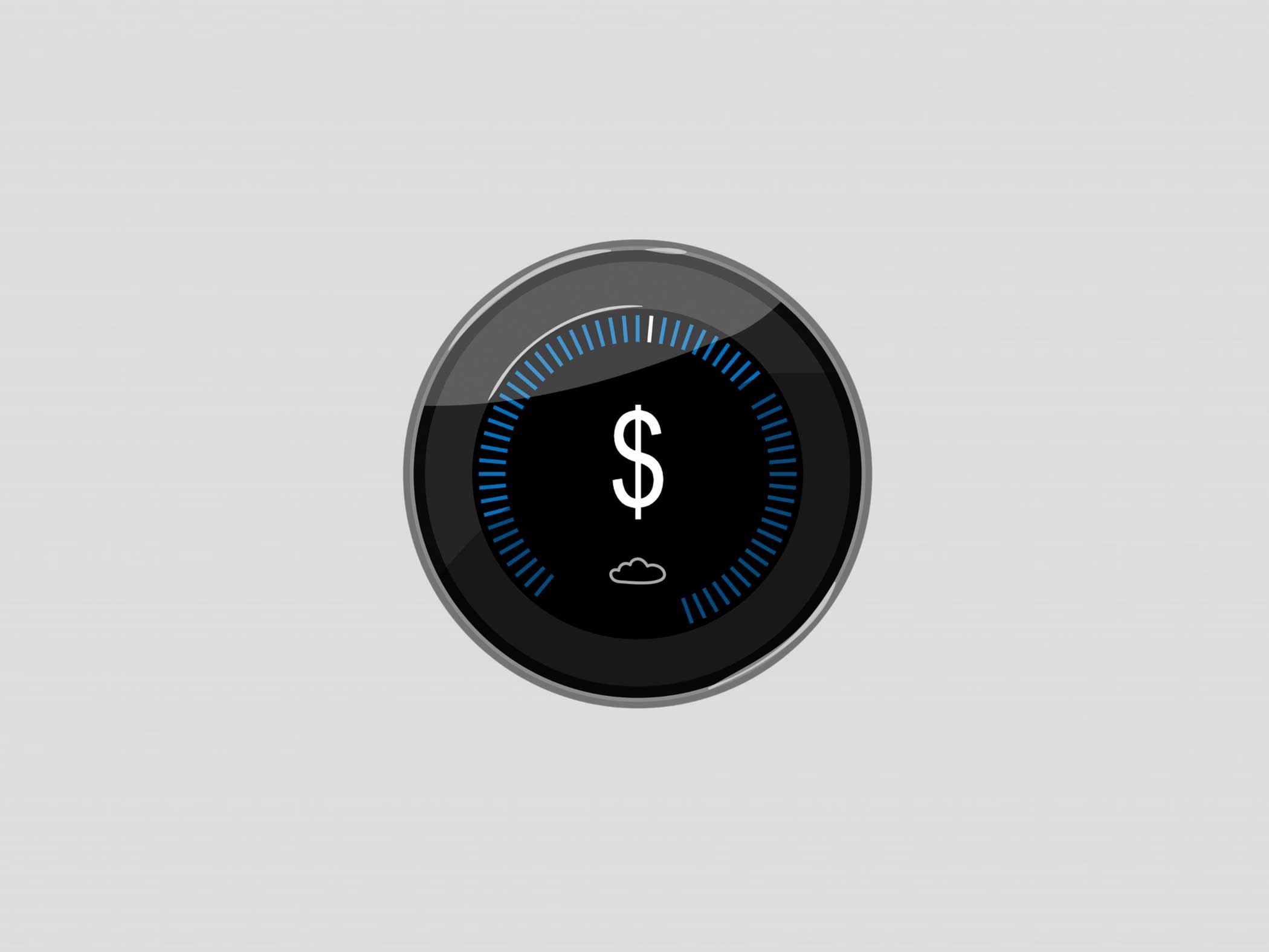Does Adjusting the Thermostat Really Save Money?
Adjusting the thermostat is a well-known way to save on your energy bills, but does it actually work?

Adjusting the thermostat is one of the most effective ways to reduce home energy use. Lowering or raising the temperature at night or when you're away allows the heating or cooling system to work less, saving energy. According to the U. S. Department of Energy (DOE), a temperature adjustment of 5 degrees for an eight-hour period can save up to 5% on heating or cooling energy use during that time.
Setting things straight
A common misconception about adjusting the thermostat is that your furnace or air conditioner must work harder than normal to return the space to a comfortable temperature, resulting in little or no savings. This belief has been dispelled by years of research conducted by the DOE and other organizations.
The energy required to reheat or recool a home is roughly equal to the energy saved as the temperature drops to the lower or higher setting. The energy savings are realized during the temperature setback or set forward period. Therefore, the longer your home remains at the adjusted temperature, the more energy is saved.
A smart way to save
Although other factors contribute to the amount of energy required to heat or cool a home — including insulation, windows, ventilation and climate — adjusting the thermostat is a no-cost, effective way to save on your energy bills.
Programmable thermostats add convenience and optimize savings by adjusting temperatures automatically. Newer smart models include advanced features, such as self-programming and remote control.